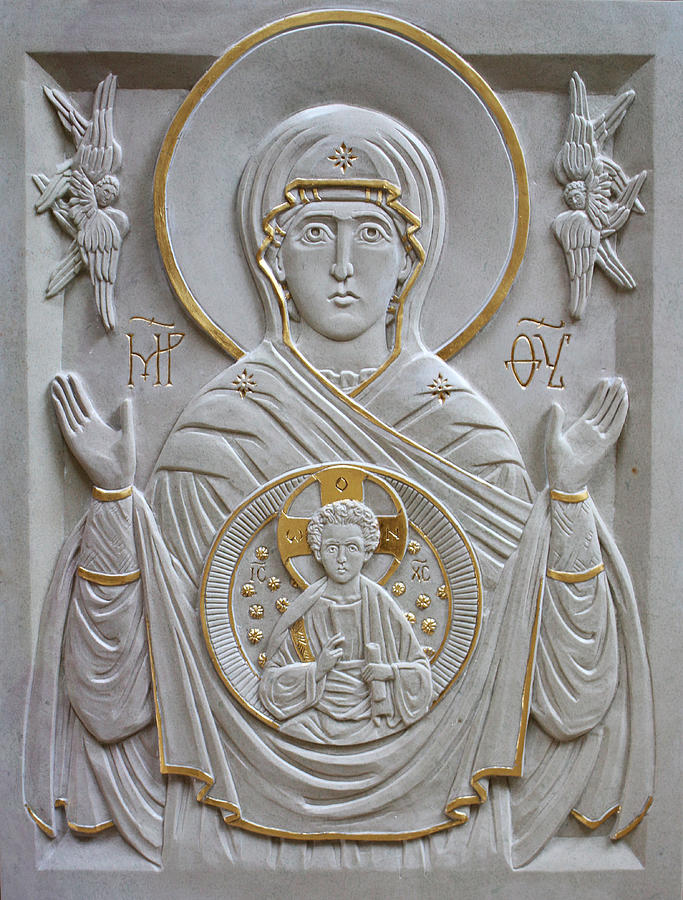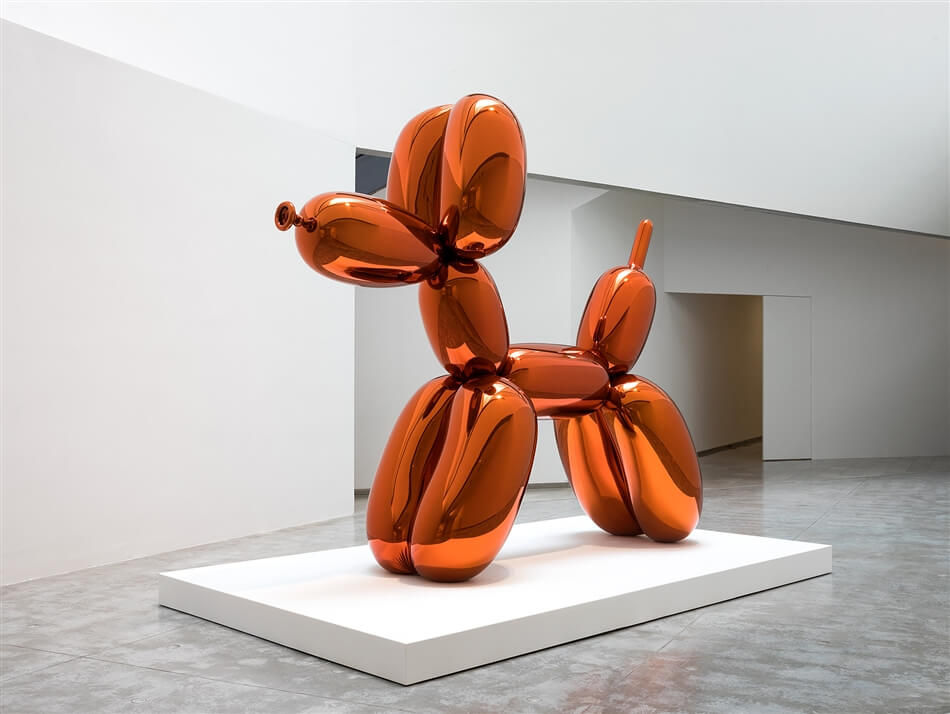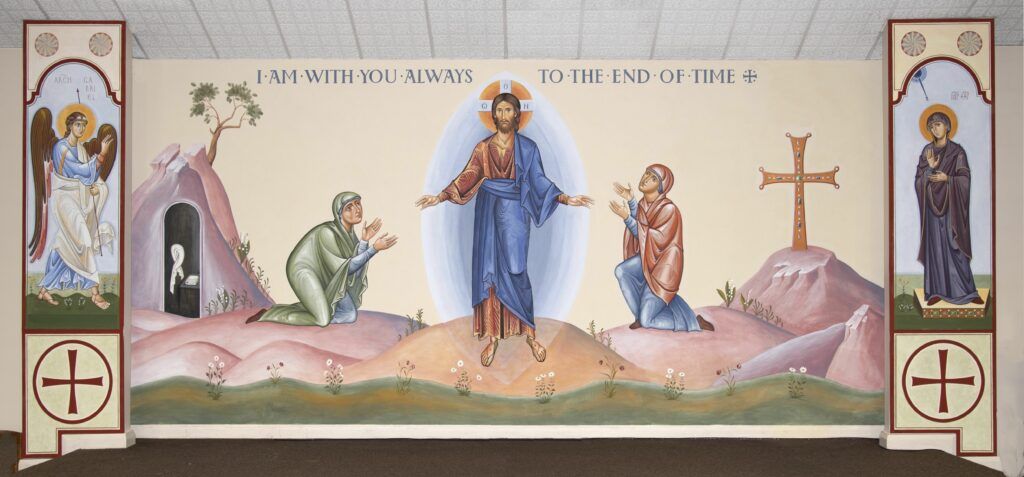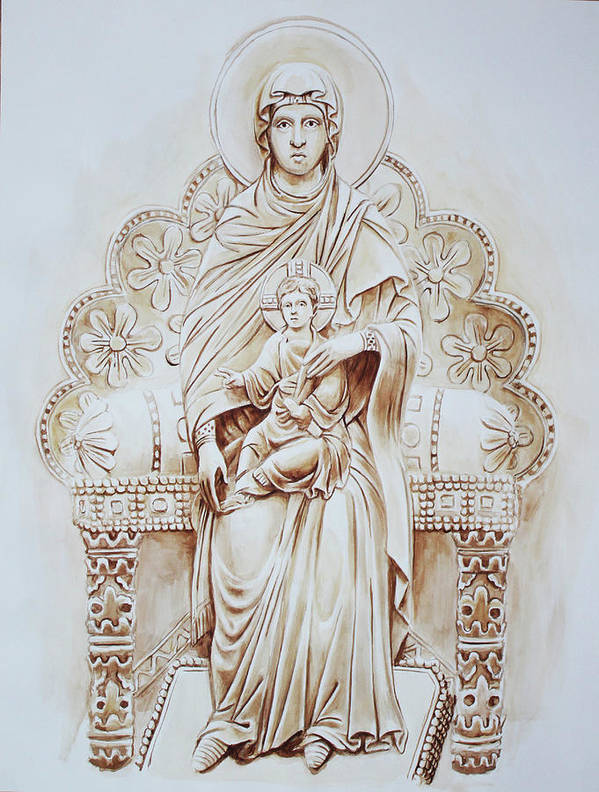Register for an online conversation with iconographer and commentator Jonathan Pageau
Why is sacred art so crucial to prayer and work today? Why do images of Mary, the Mother of God, abound in nearly every Christian culture? Are there similarities between depictions of Mary in Christian art and stories in the Old Testament? Are there female figures in other forms of belief that resemble Mary?
On January 30, 2023, I will host an online conversation with iconographer Jonathan Pageau. Pageau is one of today’s leading iconographers and a widely-sought after public speaker who excels at plumbing the depths of Scripture and tradition to explore the rich symbolism of Christianity, including that of Mary, the mother of Jesus. This online event will be structured as a seminar—a guided discussion in which the audience may interact with the hostess and guest speaker. Later in 2023, Pageau will visit Princeton to give a keynote address at Scala’s April 21-22, 2023, conference, Art, the Sacred and the Common Good.

To prepare for this online conversation, I pondered the writings of German philosopher Josef Pieper on why modern culture makes it so hard to see God. Countless commentators have written about the pernicious psychological effects of digital images—from television to social media and now to virtual realities. As Neil Postman famously argued in his book Amusing Ourselves to Death, the never-ending cycle of images and soundbites diminish our ability to see the truth.
In a series of essays called Only the Lover Sings, three of which were delivered at the studio of his friend, a sculptor, Pieper reminds us that what artists produce is never neutral on our souls. To illustrate this point, Pieper talks about Thomas Mann’s character in Doctor Faustus, in which:
“the demonic tempter strikes a deal with the nihilistic protagonist who craves immediate success and universal acclaim by any possible means. The deal concerns ‘art’, created with uncommon technical skill yet entirely without substance, thriving only on the surprise it elicits by being outrageously novel and therefore unable to radiate any deeper meaning.”
Philosophers such as Roger Scruton and Augusto del Noce have written about how the 20th century has been corrupted by nihilistic movements in art. Who can deny that humans are capable of skillfully producing art that, with technical precision, demeans our humanity rather than dignifies it?

As Neal Postman so forcefully argued in Amusing Ourselves to Death, much of what passes as entertainment through images and soundbites leaves makes us both restless and bored. Virtual realities and fantasies make it difficult to find rest in ourselves and the world. Social life fragments under the weight of collective acedia—spiritual laziness. To counter that acedia, we need to spark a fire that warms the numbness produced by looking at endless superficial images.
In his short collection of essays entitled Learning How to See Again, Pieper argues that to counter this visual noise we need to recover seeing a spiritual capacity to “perceive the truly visible reality as it is.”
The church understood from its beginnings that visual art does something that books can never do: visual art gives us forms to contemplate. Christians don’t contemplate by picturing a void. Christian contemplation is coming to see God as transcendent (other) and immanent (dwelling with us). God is mysterious but knowable.
For Pieper, the role of an artist in society is to help people remember this beautiful reality. Pieper therefore calls on artists to live up to their calling to help us grow in vision, awareness, an ever-growing capacity to see.
The calling of artists is similar to priests in the sense that both are called to “keep alive the remembrance of a face that our intuition just barely perceives behind all immediate and tangible reality—the face of the God-man, bearing the marks of a shameful execution.”
To contemplate is to see reality, all of reality, not to think. The work of an artist does not come from thinking or reasoning, but nor is it arbitrary. Artists must see in an “exceptionally intensive manner,” Pieper wrote. To see, as Pieper understands is, reveals more than appearance. He explains:
“Art flowering from contemplation does not so much attempt to copy reality as rather to capture the archetypes of all that is. Such art does not want to depict what everybody already sees but to make visible what not everybody sees.”
Archetypes help us see reality as it comes to us—veiled. Spiritual sight is contemplation, what Pieper calls “visual perception prompted by loving acceptance…affectionate affirmation.”
It is worth repeating that Christian contemplation is not emptiness. Christian contemplation is a seeing that opens us to affirm the goodness of creation.
The goodness of creation isn’t only spiritual; the material world is also good. In his book Beauty, Spirit, Matter, iconographer Aidan Hart describes how when he took his Christian faith more seriously, he realized his calling as an artist was to communicate through form and symbolism who God is. The Church Fathers knew that what we say about God and how we depict God are intrinsically linked. Hart goes as far as to call artists prophets—not in the sense of having private revelations—but in the sense of using their technical skills in art to affirm the goodness of reality through material forms.

The life of faith is lived through the senses but points beyond it, Hart explains. Thus, sacred art never simply copies reality. Sacred art reveals types or models of that reality that are universal. The work of an artist is not to put private revelation on a page for others to observe as outsiders. Sacred art is essential to shape an identity as a people, a church. Sacred art points to universal realities that form our identity in past, present and future. Art connects our personal experience to the supernatural. We encounter the transcendent God through forms in the world.
Working as a Catholic scholar who teaches not only Catholics but also Protestant (evangelical, Reformed, Episcopalian, etc.), Orthodox, and religious seekers of any faith or no faith, I’ve seen how deep philosophical shifts in our understand of the human person, of time, and of culture have led to contemporary problems of isolation, depression, and alienation from self and God. Numerous contemporary scholars such as Augusto del Noce or Roger Scruton have identified the loss of the sense of the sacred as linked to the political crisis in the US and Europe. Many see the organization of society as nothing but a power struggle over economics, politics, or symbols. Religious beliefs and practices are often understood as more of a tool in that power struggle than a way of returning to one’s eternal home, bowing in worship and growing in theological and human virtues. Cultural anthropologists such as Victor Turner and philosophers such as Alisdair MacIntyre have argued that modernity’s narrow lenses have split the spiritual from the material, and the individual from the collective, the personal from the traditional.
As we discuss in the class I teach on Mary at Princeton Theological Seminary, art is one way in which the early church expressed its beliefs. For example, to understand Mary’s role in salvation, scholars often refer to Scriptural images such as burning bush in Exodus.
After watching Pageau on YouTube talk about image of the burning bush in Exodus, I was intrigued by Pageau’s claim that reality comes to us veiled. In this unveiling, we need to have mediators. The process of learning to see reality more deeply, seeing things bit by bit, forms our identity in relation to time and space. The depth of material things and their placement in space help us to see our lives as connecting past, present and future.
This video and my own readings on Mary and art led me to a series of questions such I hope to discuss with Pageau, such as:
- How does the image of the Burning Bush from Exodus help us understand the connection between Mary and the mysteries of the faith—incarnation, crucifixion and resurrection?
- How does the Burning Bush help us understand the meaning of the virgin birth?
- How is Mary a mediator of God’s presence in the world? Is that mediating role related to the meaning of her purity?
- Why was it important in the early Church to depict Mary as a human and the mother of God (Theotokos), and how is that understanding depicted in art?
- Why are there so many symbols that reflect on the meaning of Mary’s life? Which ones are essential to understanding her role in faith?
- Why have popular Marian devotions such as pilgrimages and festivals endured in modernity?
- How is that one woman has been so influential in the individual identity of so many people and the memory of nations?
- Are there parallels between images of Mary in Christian art and other myths that point to universal archetypes of womanhood?
Please register for this unique event about one of the most intriguing women in history with one of today’s most prolific sacred artists and widely-viewed cultural commentator Jonathan Pageau!
If you can’t be there live, we will post the video and excerpts of the transcript. You can see Pageau speaking live on April 22, 2023, at Scala’s conference on Art, the Sacred and the Common Good, held at Princeton Theological Seminary.

From the Aidan Hart | Beauty | Christian Art | David Clayton | Jonathan Pageau | Pieper | Scruton series
View more Posts